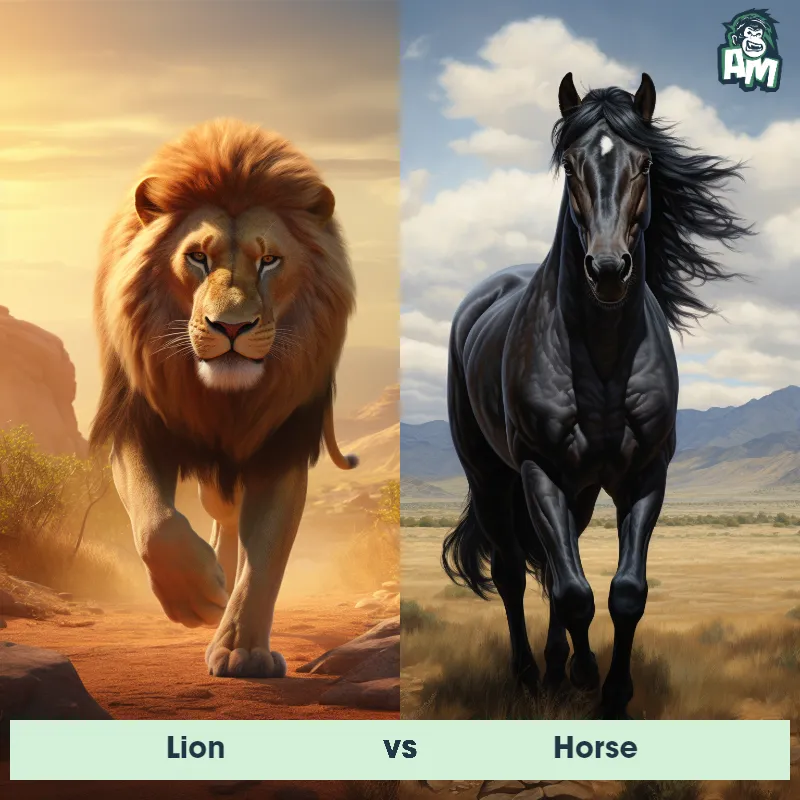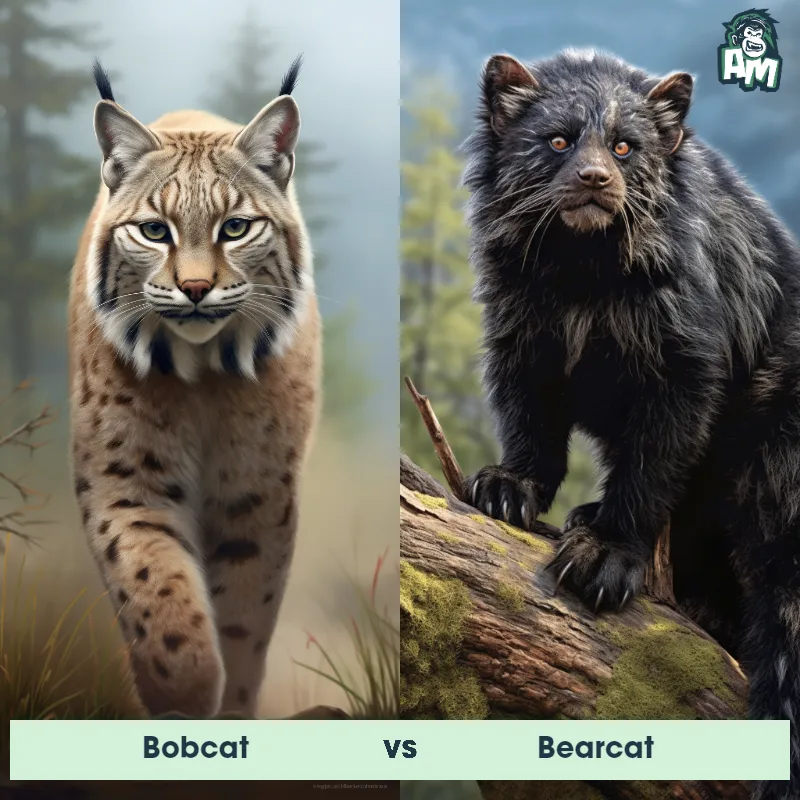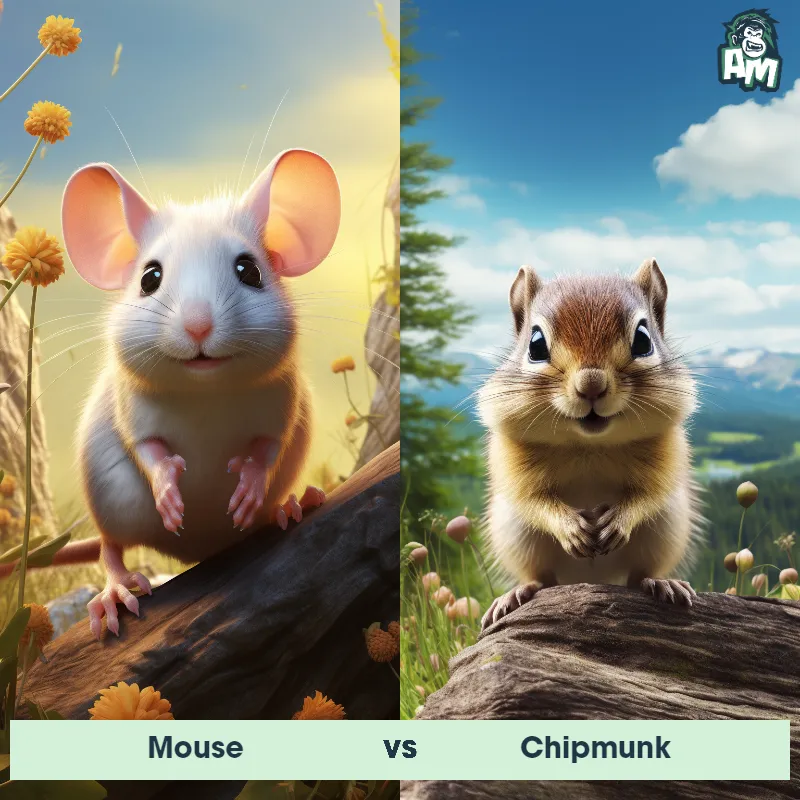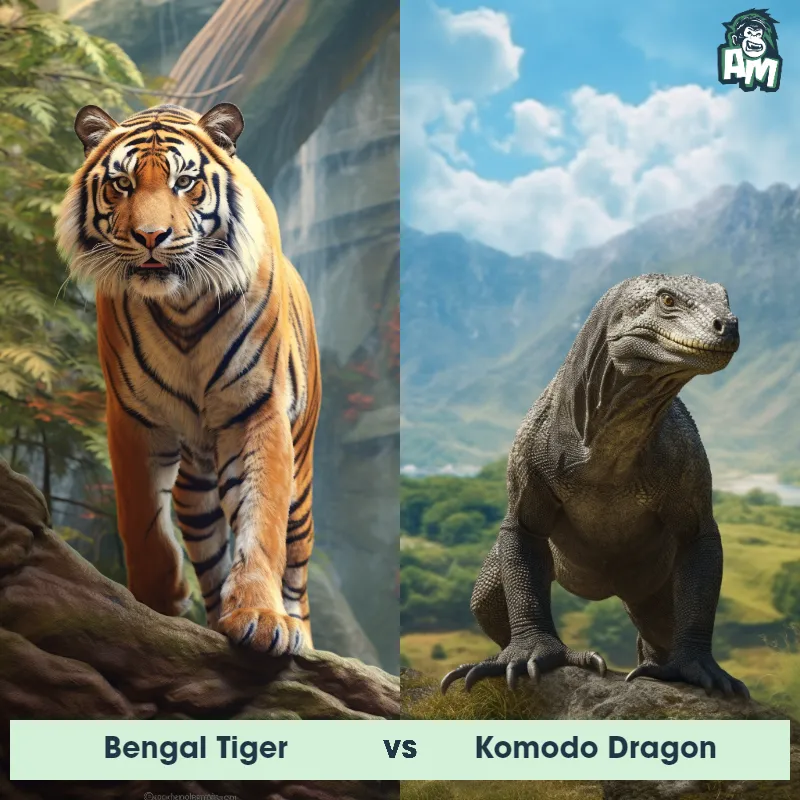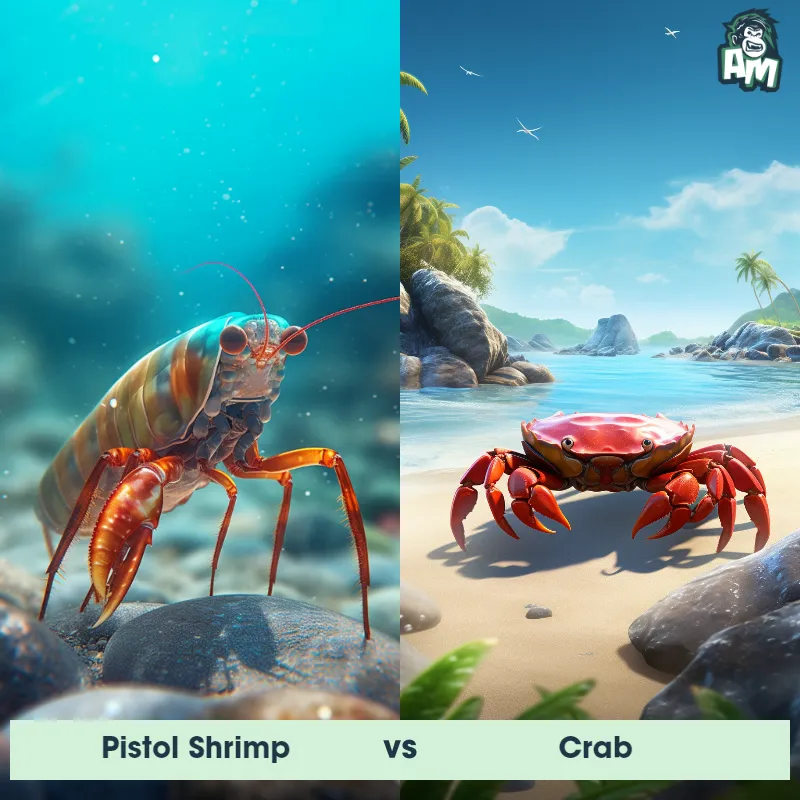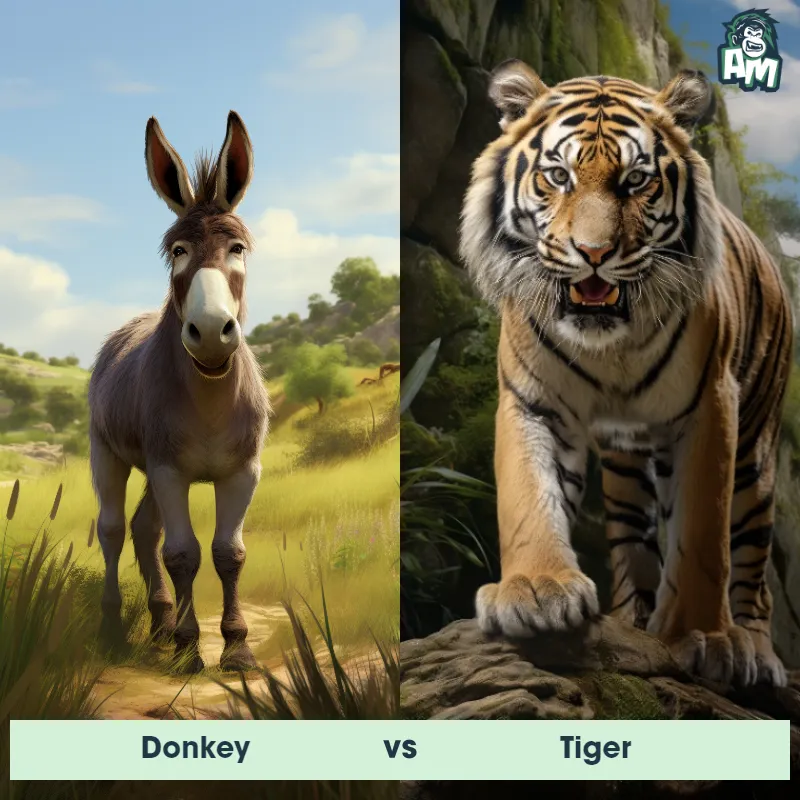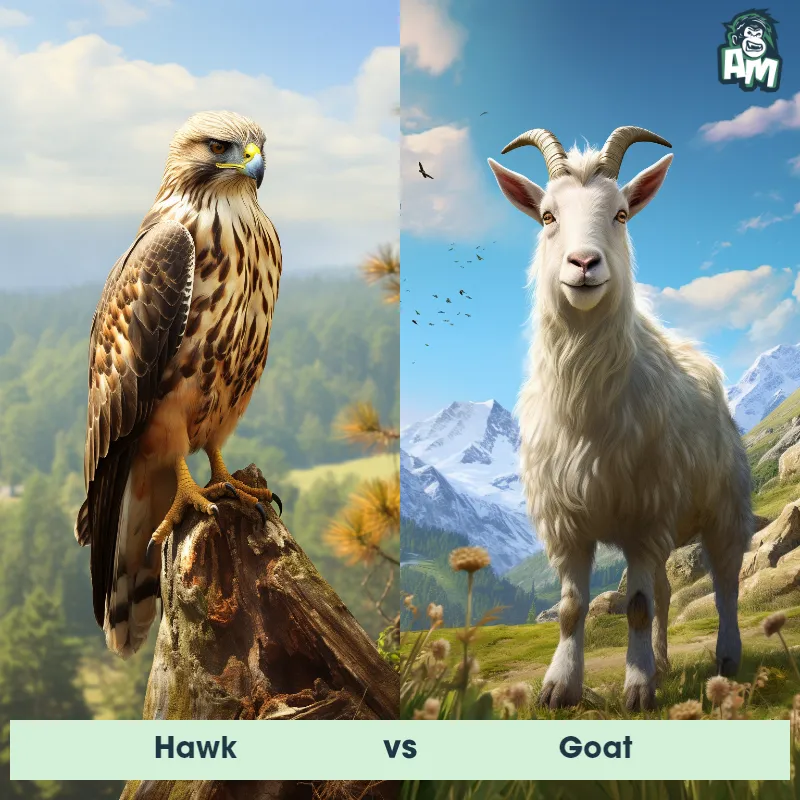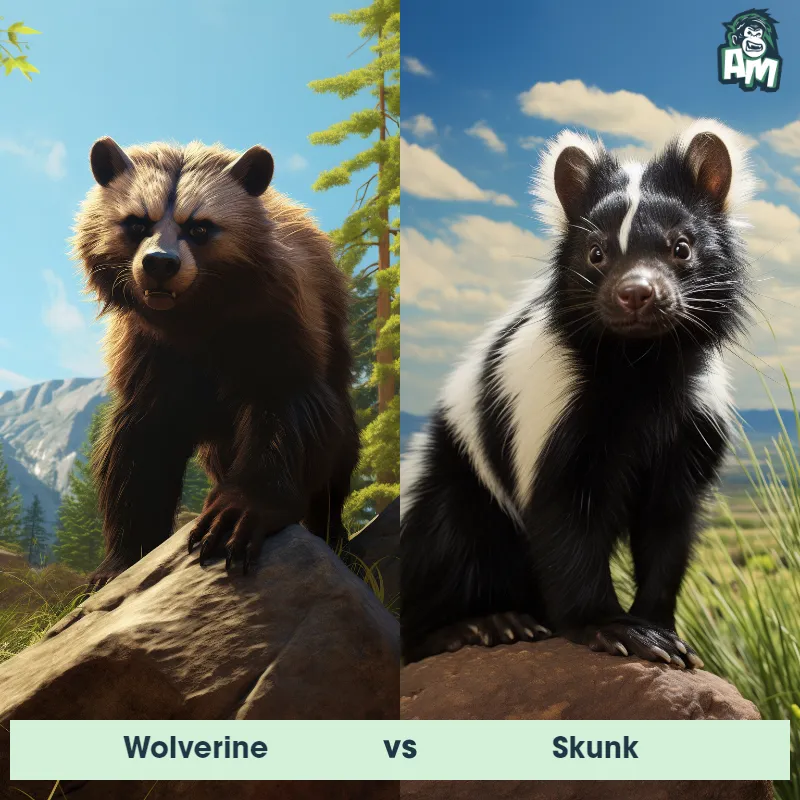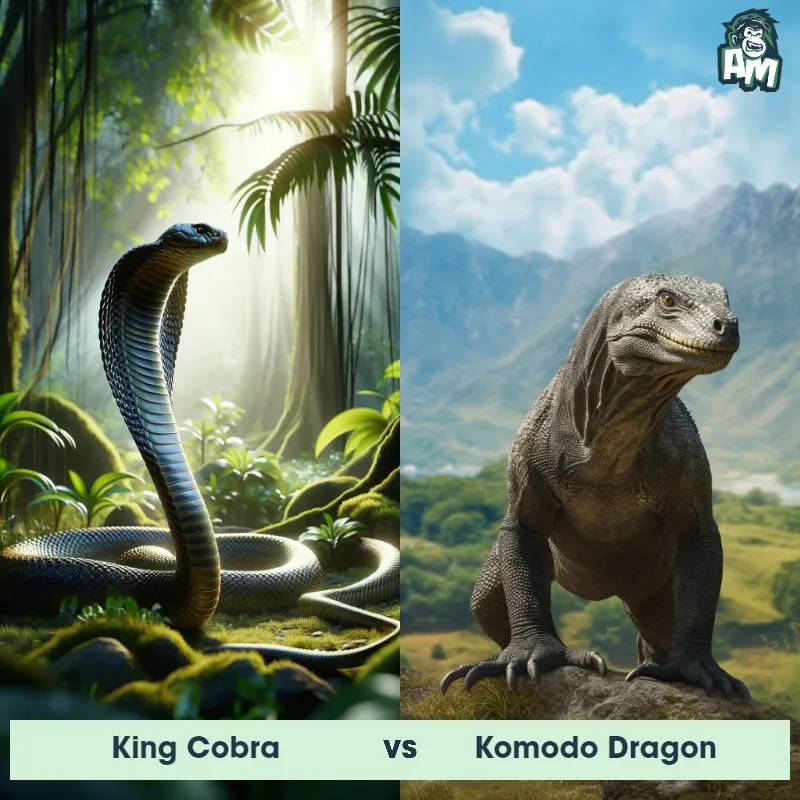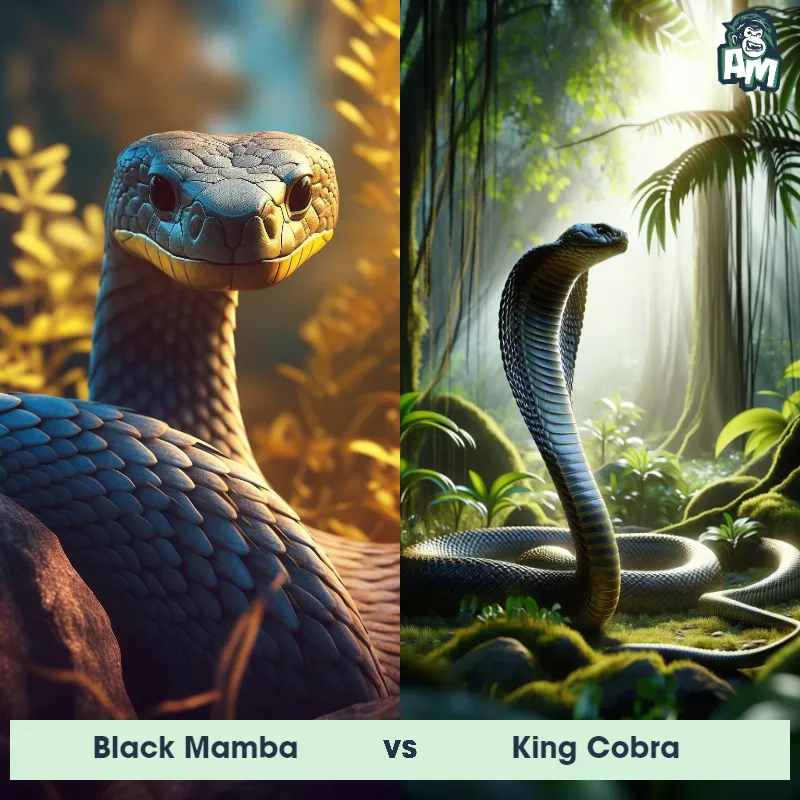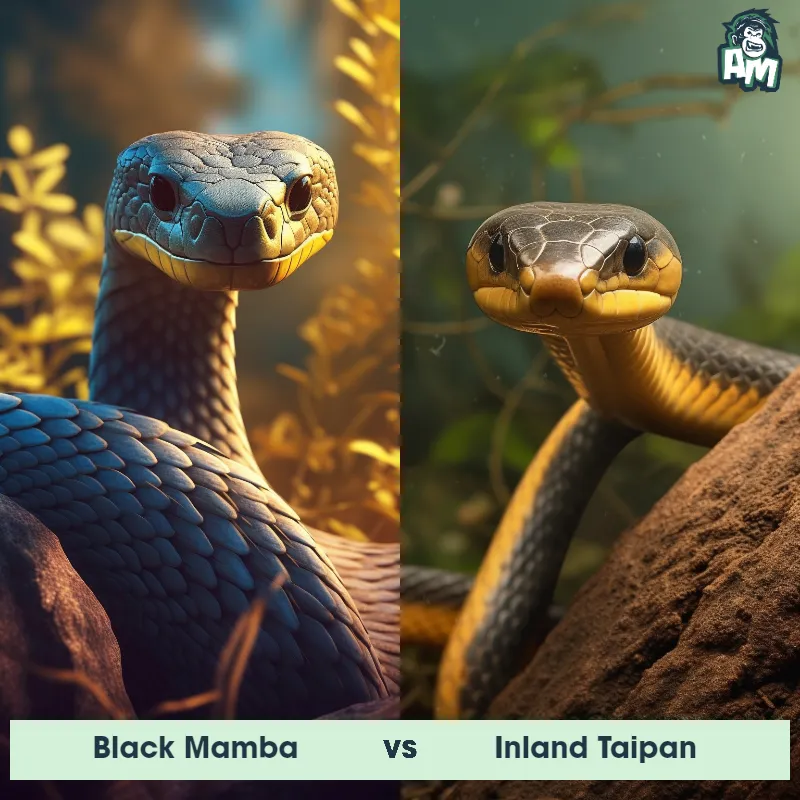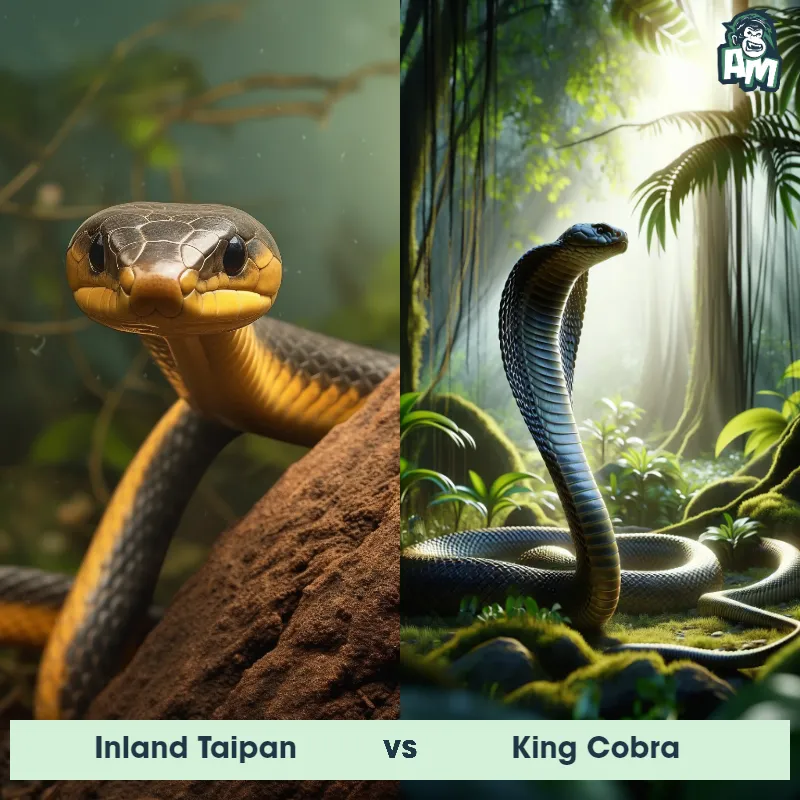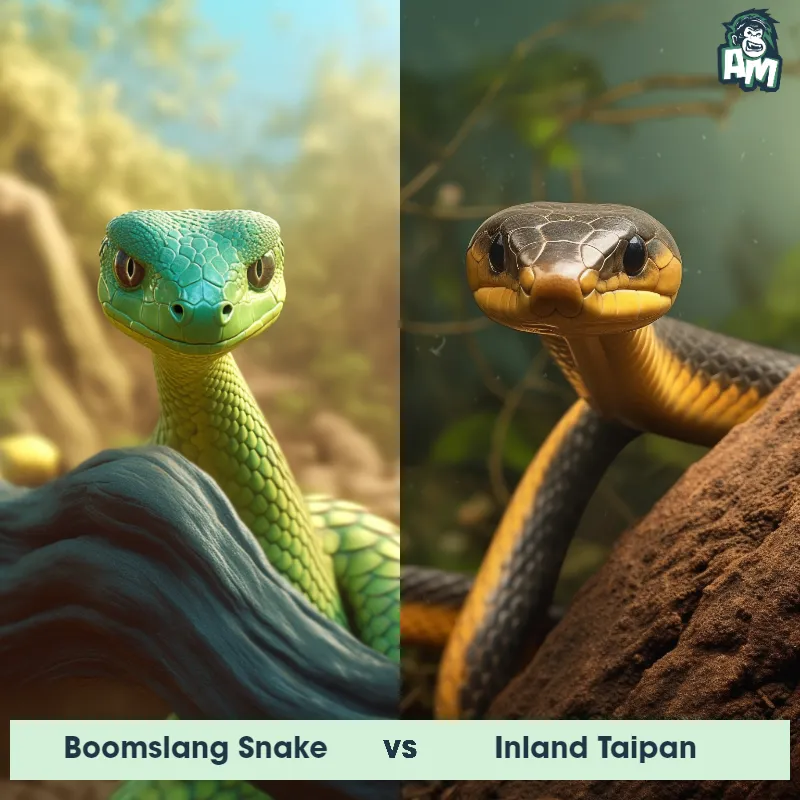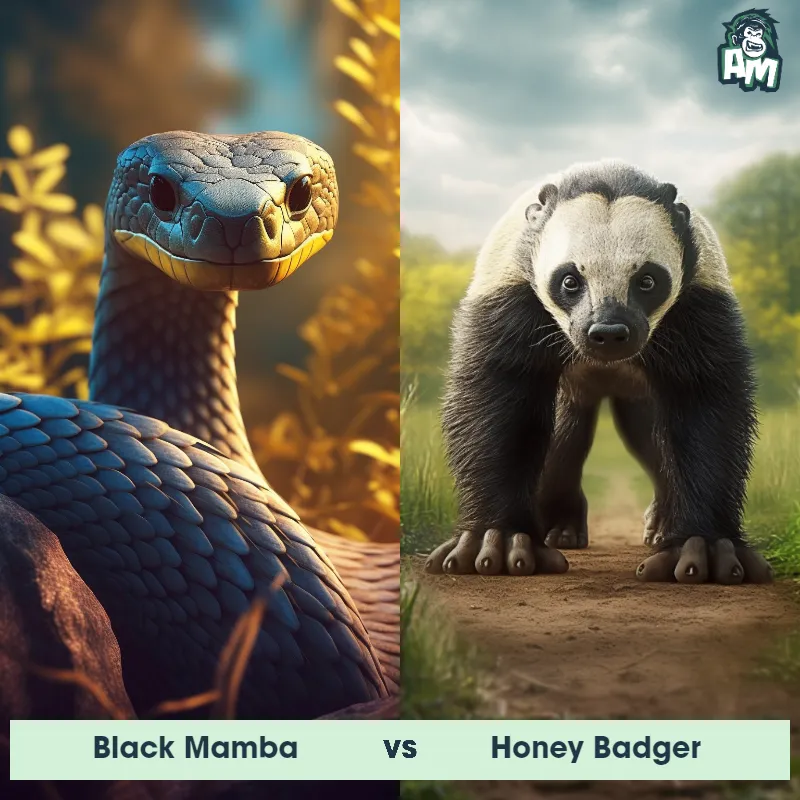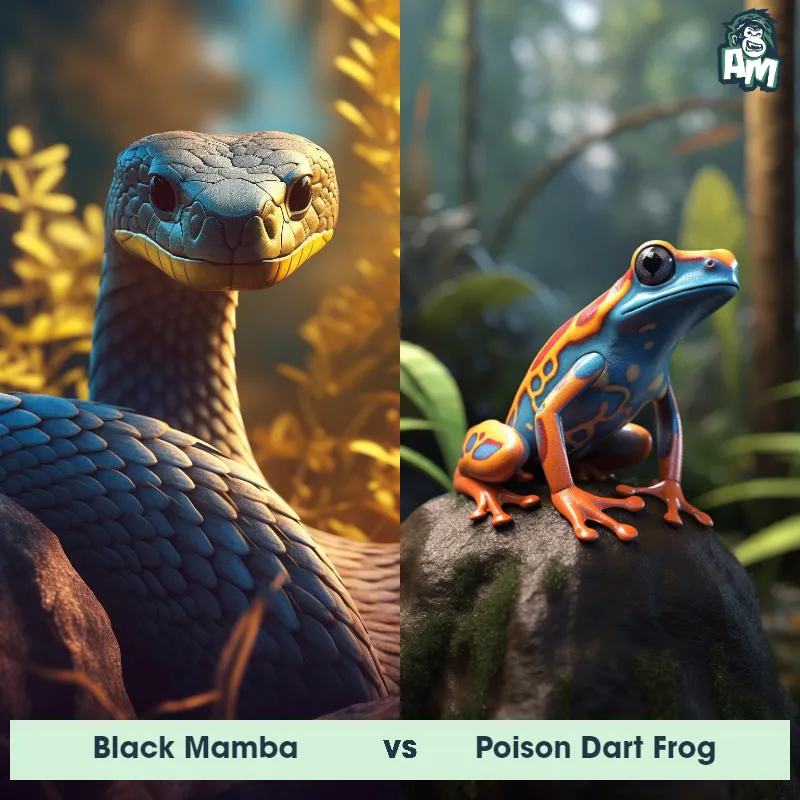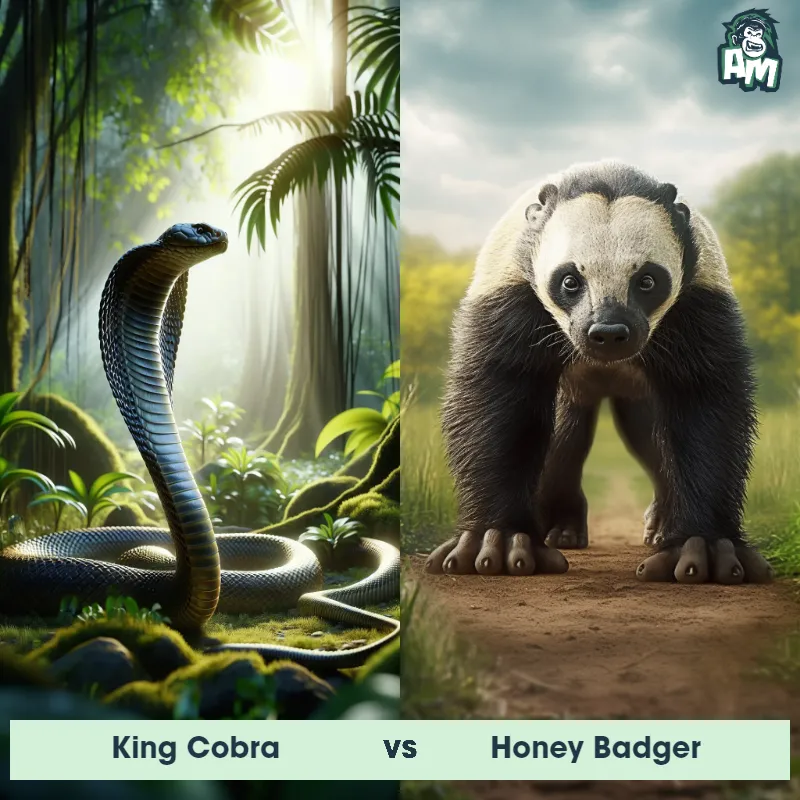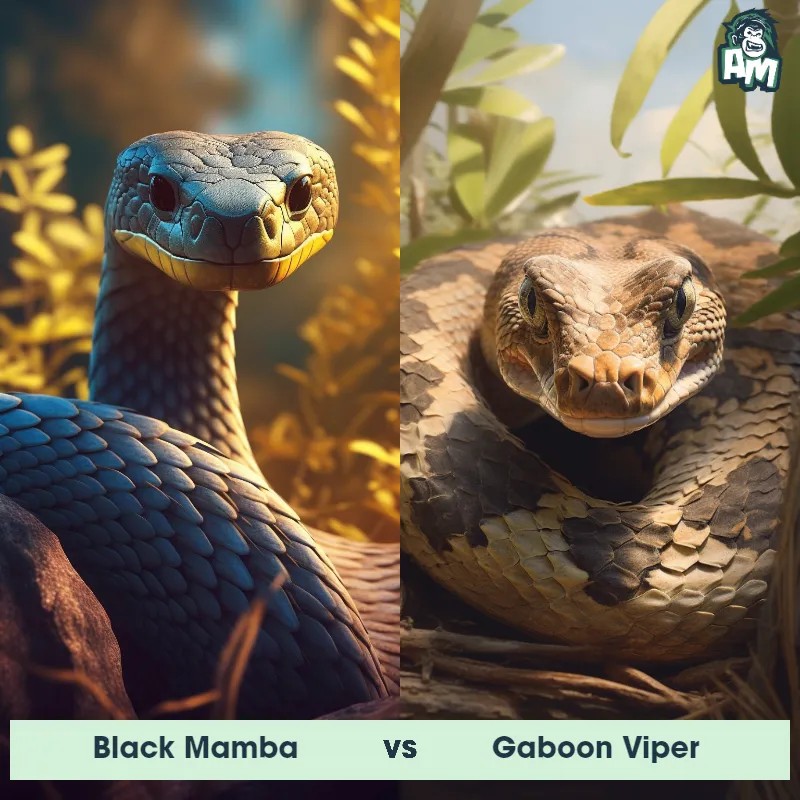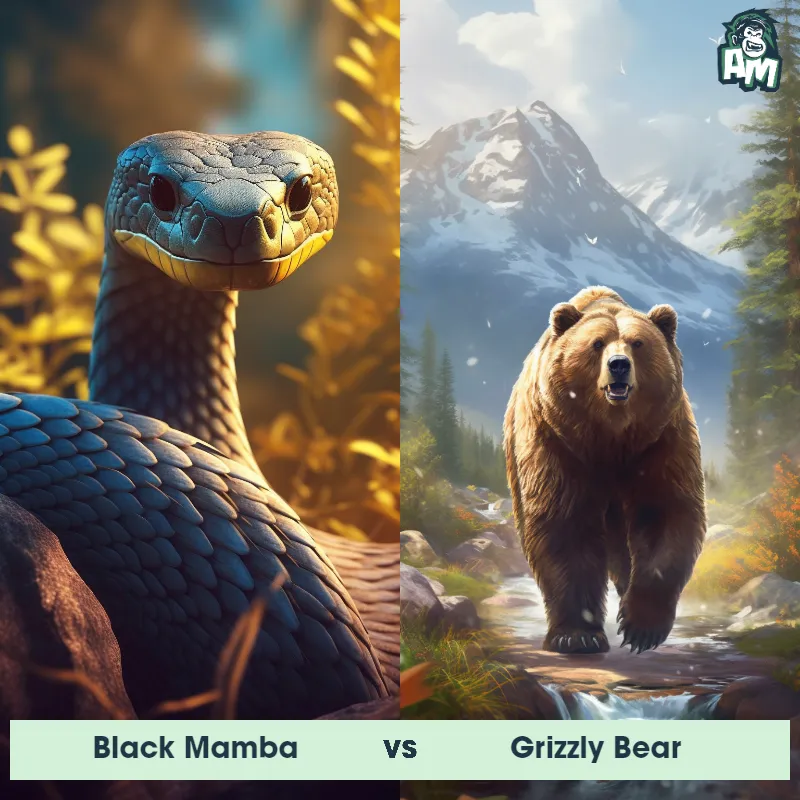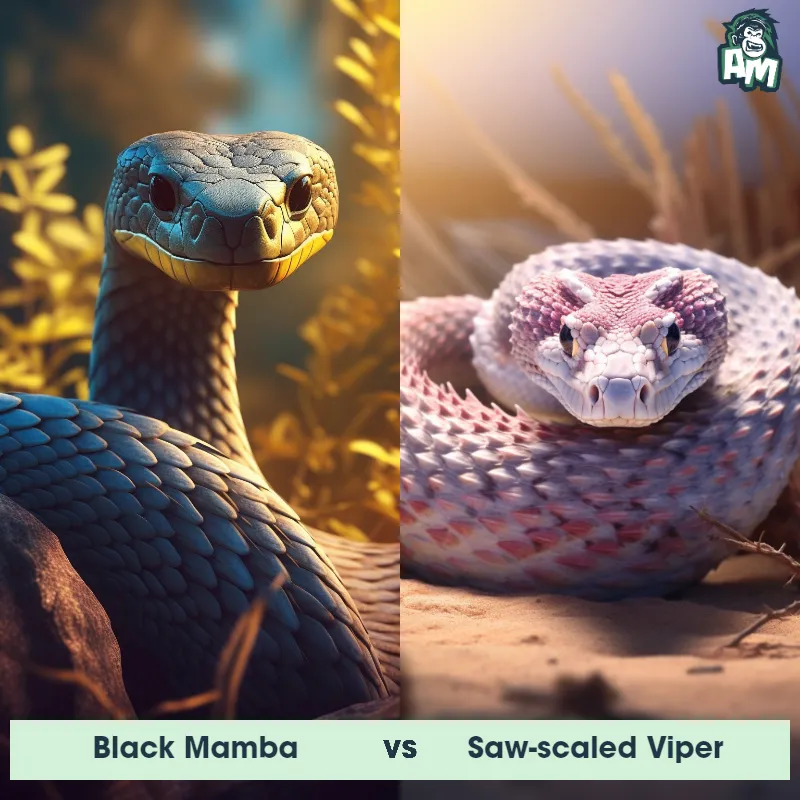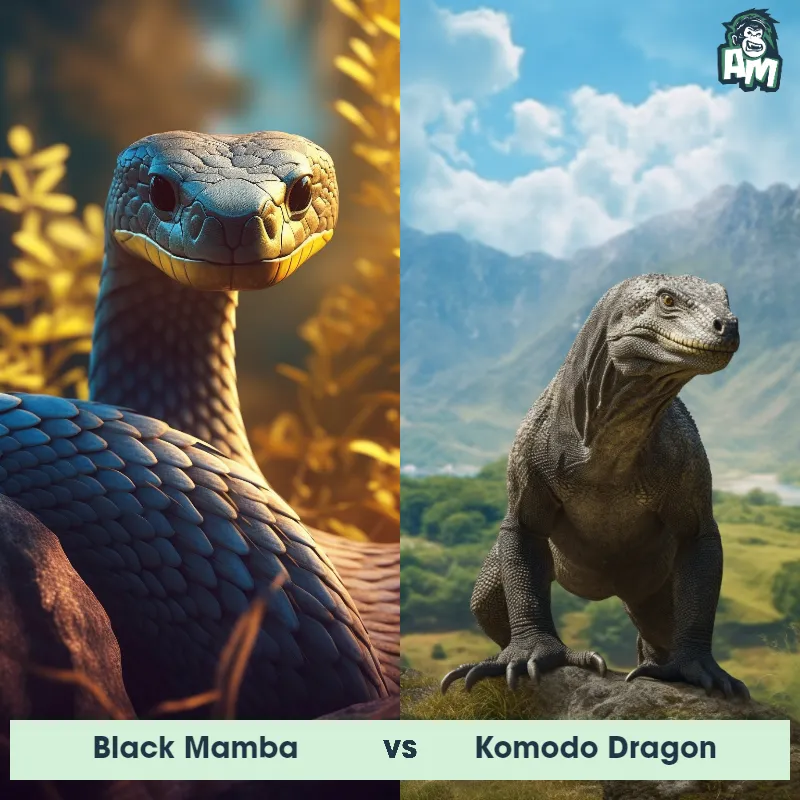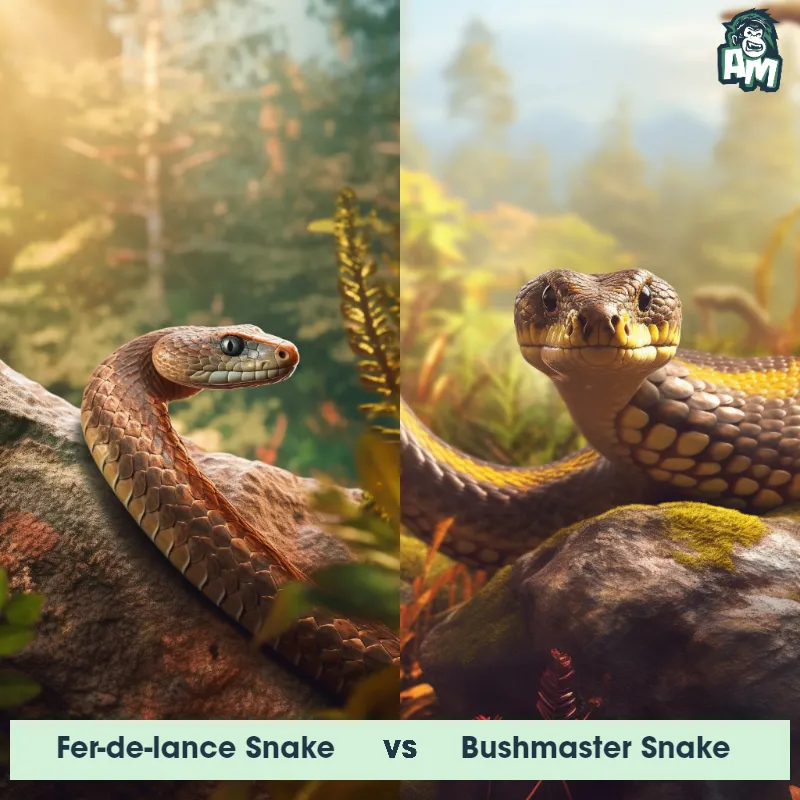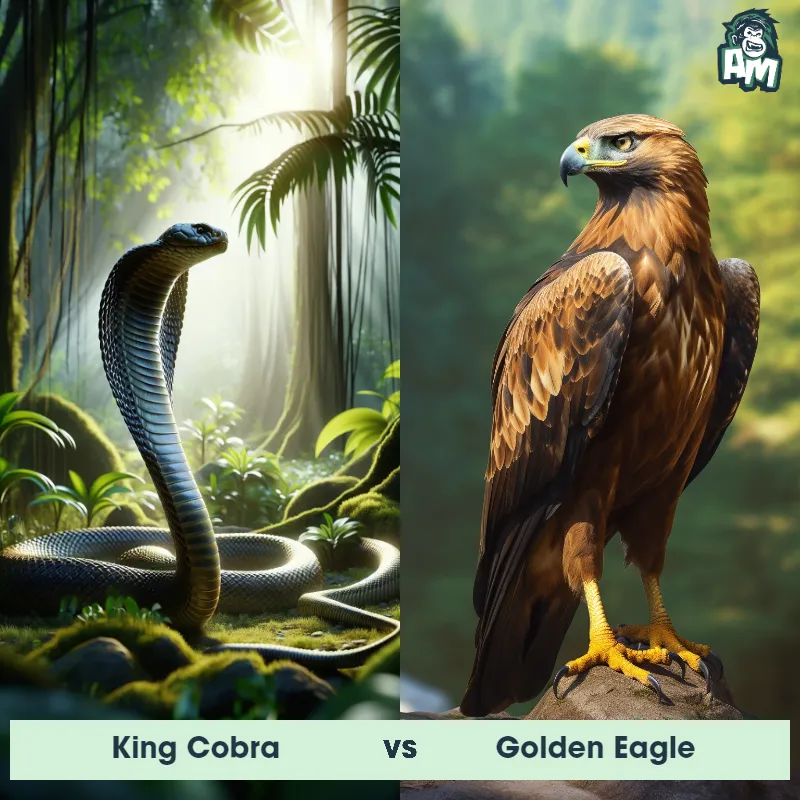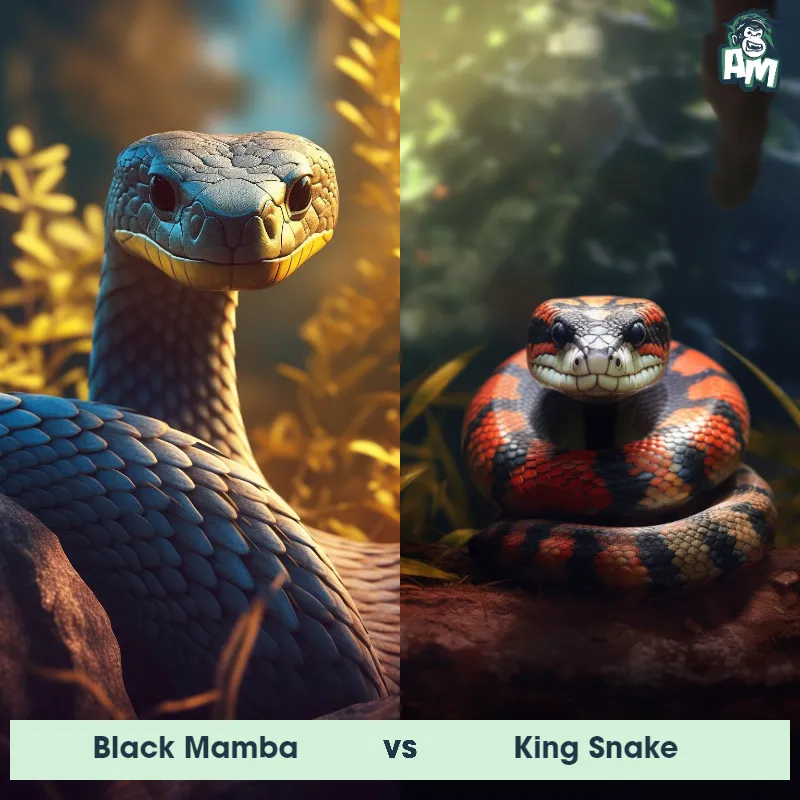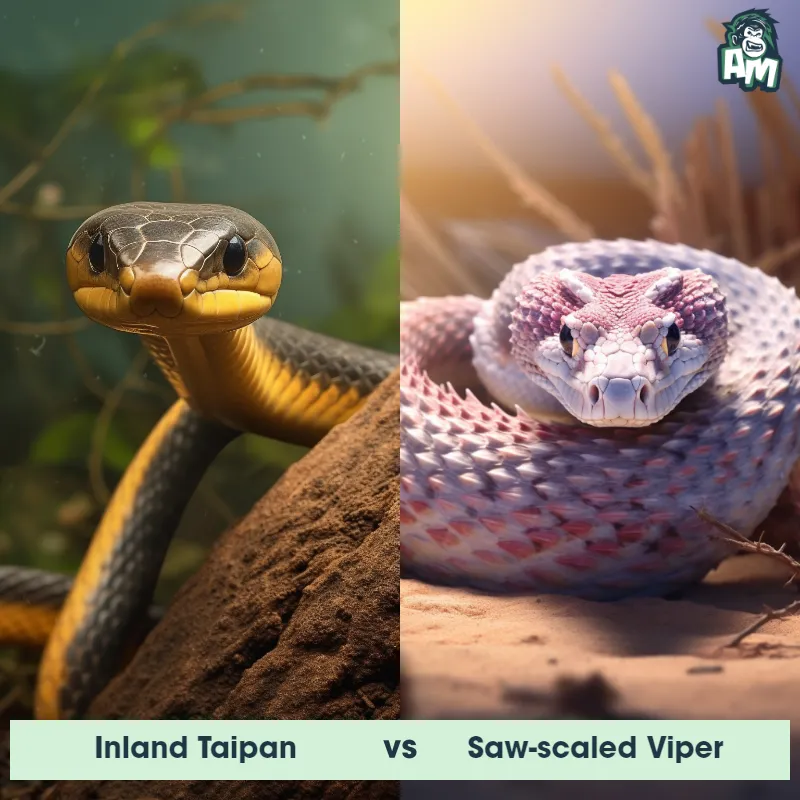Gaboon Viper vs King CobraSee Who Wins
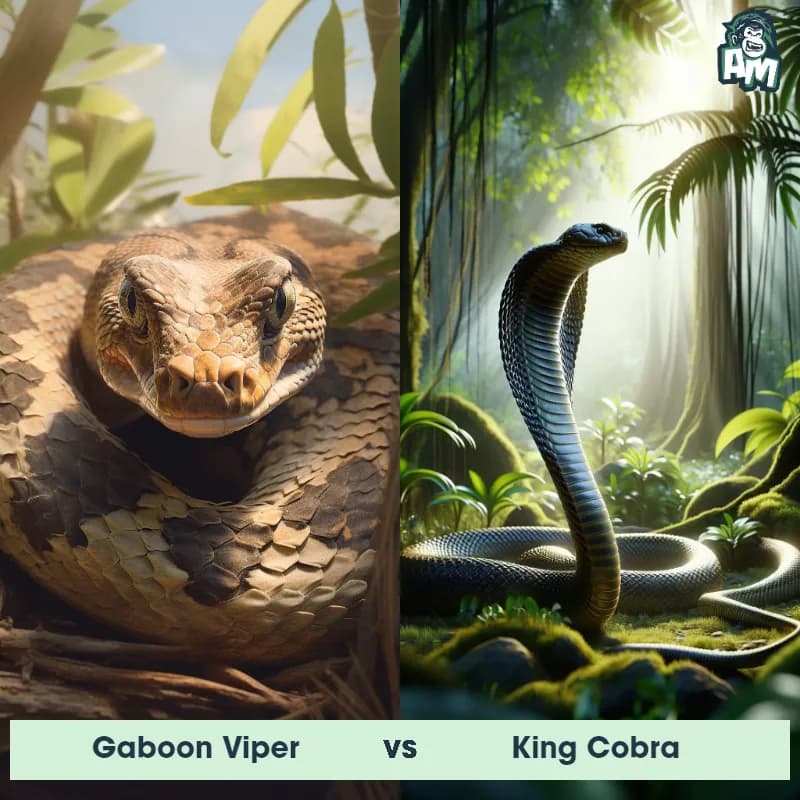
Ladies and gentlemen, welcome to this thrilling face-off between two of the most venomous snakes on the planet: the Gaboon Viper and the King Cobra. This will be a three-round battle, and we'll be here to give you a detailed play-by-play.
Contender 1: Gaboon Viper
The Gaboon Viper, also known as the Forest Puff Adder, is a venomous snake found in the rainforests of central and western Africa. It is known for its large size, reaching up to 6 feet in length, and its distinctive triangular head. The Gaboon Viper's venom is highly toxic and can cause severe pain, swelling, and even death in humans.
Fun Fact: The Gaboon Viper has the longest fangs of any venomous snake, measuring up to 2 inches in length!
Contender 2: King Cobra
The King Cobra, also known as Ophiophagus hannah, is the longest venomous snake in the world, reaching up to 18 feet in length. It has distinctive markings of black and yellow bands, and its head is large and flattened with two small eyes and nostrils. The King Cobra is found in Southeast Asia and is known for its deadly venom, which can cause respiratory failure and death in humans.
Fun Fact: The King Cobra is the only snake species that builds a nest for its eggs, which it guards fiercely until they hatch.
Matchup Stats
| Gaboon Viper | King Cobra | |
|---|---|---|
| Size | Up to 6 feet (1.8 meters) | Up to 18 feet (5.5 meters) |
| Weight | Up to 20 pounds (9 kilograms) | Up to 20 pounds (9 kilograms) |
| Key Strength | Venomous bite | Venomous bite |
| Biggest Weakness | Slow movement | Vulnerable to larger predators |
Current Votes
Gaboon Viper vs King Cobra
See Who Wins
View More Matches
Looking For More?
Similar Matches
Scientific Stats
| Gaboon Viper | King Cobra | |
|---|---|---|
| Scientific Name | Bitis gabonica | Ophiophagus hannah |
| Family | Viperidae | Elapidae |
| Habitat | Rainforests | Forests, grasslands, and swamps |
| Geography | Central and Western Africa | Southeast Asia |
| Diet | Small mammals, birds, and reptiles | Rodents, birds, and other snakes |
| Lifespan | 20 years - 25 years | 20 years - 25 years |
Key Differences between Gaboon Viper and King Cobra
- Fangs: The Gaboon Viper has the longest fangs of any venomous snake, measuring up to 2 inches in length, while the King Cobra has shorter fangs, measuring around 0.5-0.75 inches.
- Habitat: The Gaboon Viper is found primarily in sub-Saharan Africa, while the King Cobra is found in Southeast Asia and parts of India.
- Coloration: The Gaboon Viper has a distinctive pattern of brown, tan, and black markings, while the King Cobra is typically a solid olive-green or brown color.
- Head Shape: The Gaboon Viper has a triangular-shaped head, while the King Cobra has a more elongated and narrow head.
- Venom: The Gaboon Viper's venom is primarily hemotoxic, causing tissue damage and bleeding, while the King Cobra's venom is primarily neurotoxic, affecting the nervous system and causing paralysis.
- Size: The King Cobra is larger than the Gaboon Viper, with an average length of 10-13 feet, while the Gaboon Viper averages around 4-6 feet in length.



